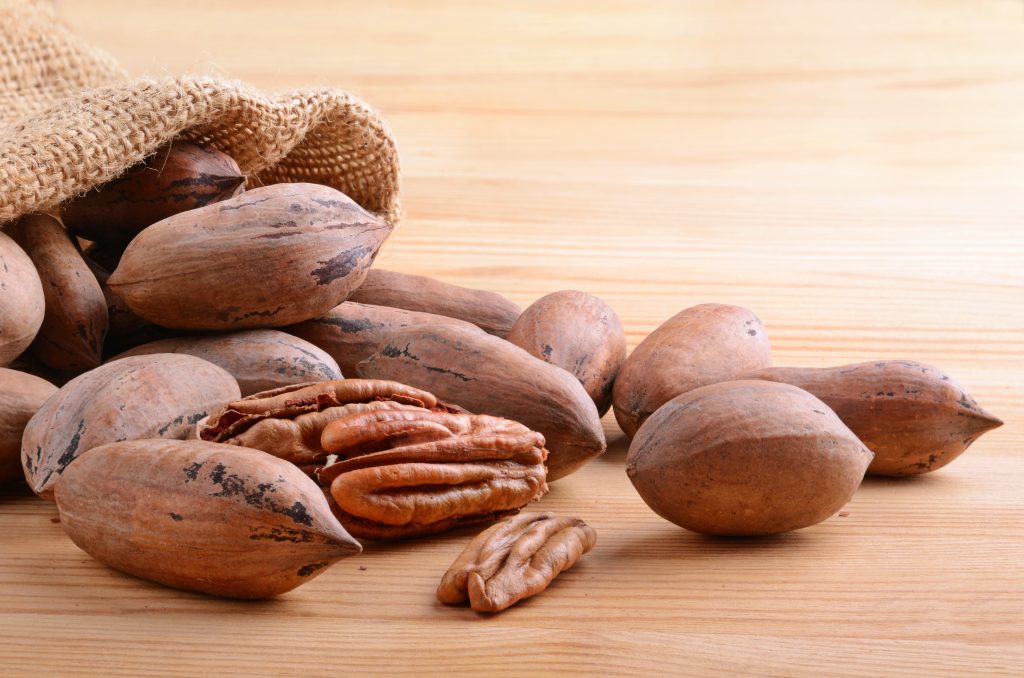
By Clint Thompson
Recent cold temperatures will not have any impact on the development of this year’s pecan crop, says Lenny Wells, University of Georgia Cooperative Extension pecan specialist.
Wells estimates that pecan farmers saw budbreak at least two weeks early this year. With that early budbreak back in March, temperatures were still warm. Pecan trees put their foliage on from the bottom of the tree up. All that early foliage that came out on the bottom part of the tree and started growing well. Then rains and cold fronts came soon after.
“We had some cooler temperatures and some nights down in the low 40s, which is nowhere near anything that would hurt us. But it did slow this growth down, especially the buds that were breaking in the top of the tree. That has slowed the growth in the top of the trees a little bit,” Wells said. “When you look at some trees from a distance, it looks like the bottom leafed out good, but the top is real thin. That’s just because those little cool snaps we had slowed things down. I don’t think it’s going to be an issue.”
He reassured pecan producers in his blog that as temperatures and the soil warm up, the problem will correct itself.
However, cool soil temperatures can lead to Zinc and Boron deficiencies. The trees can’t take these nutrients up from the soil as easily when soil temperatures drop. So, Wells advises growers to stay up to date with their foliar sprays.
“Every spring, your soil temperatures warm up a little slower than the air temps do. Spring is the critical time for the tree to get that zinc and boron. When those soil temperatures are cool, they’re not able to take it up there well from the soil,” Wells said. “That’s why we usually will put on Zinc and Boron foliar sprays early in the season. Regardless of what your soil levels are, we do it for that reason because they can’t pick it up from the soil early in the season when they need it the most.”
Symptoms of such temporary deficiencies include bare limbs, small, yellow leaves, rosette and mouse ear.
To see how Wells is confident in this year’s pecan crop, see specialtycropgrower.com.









